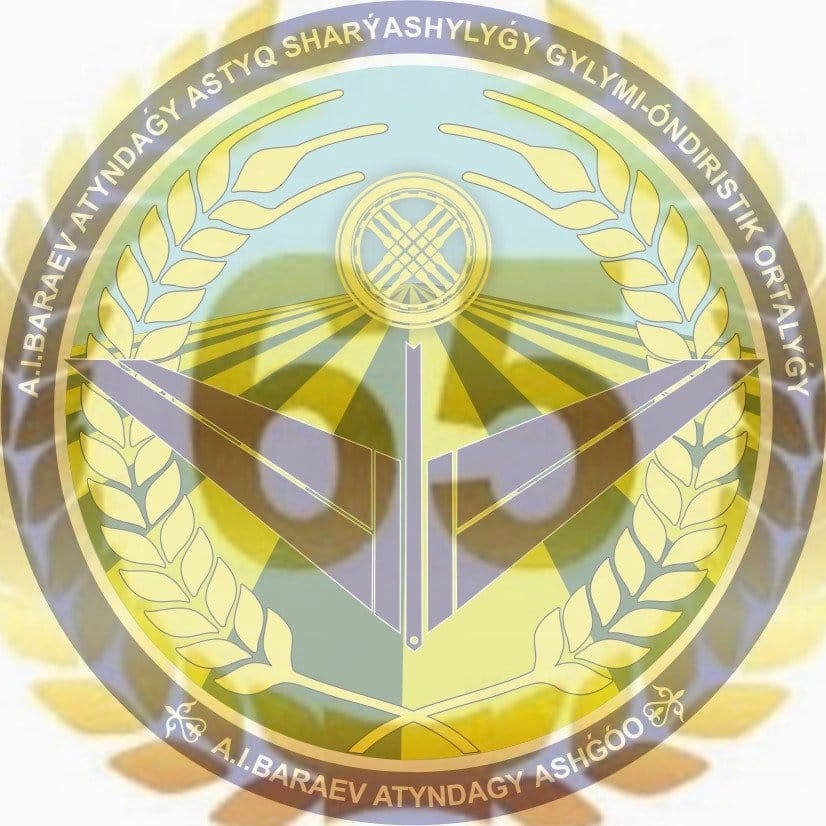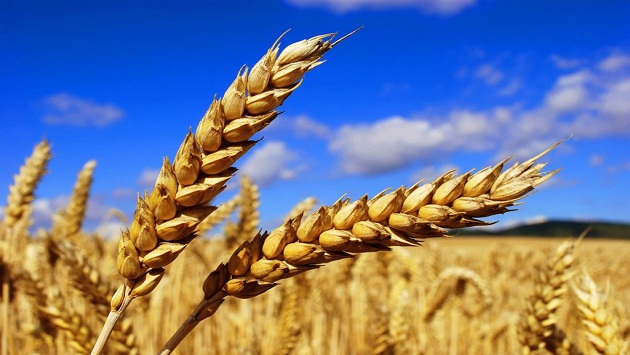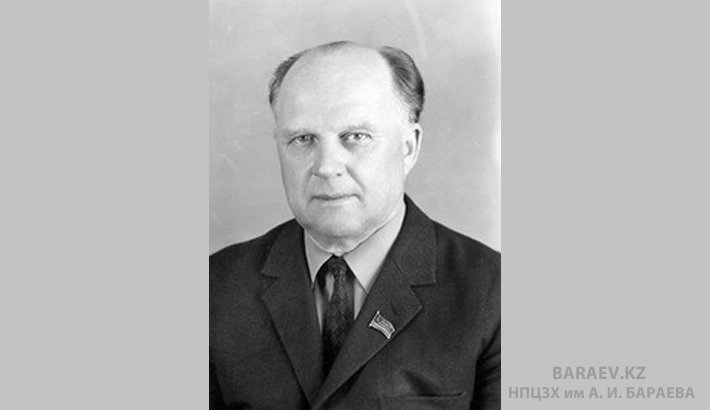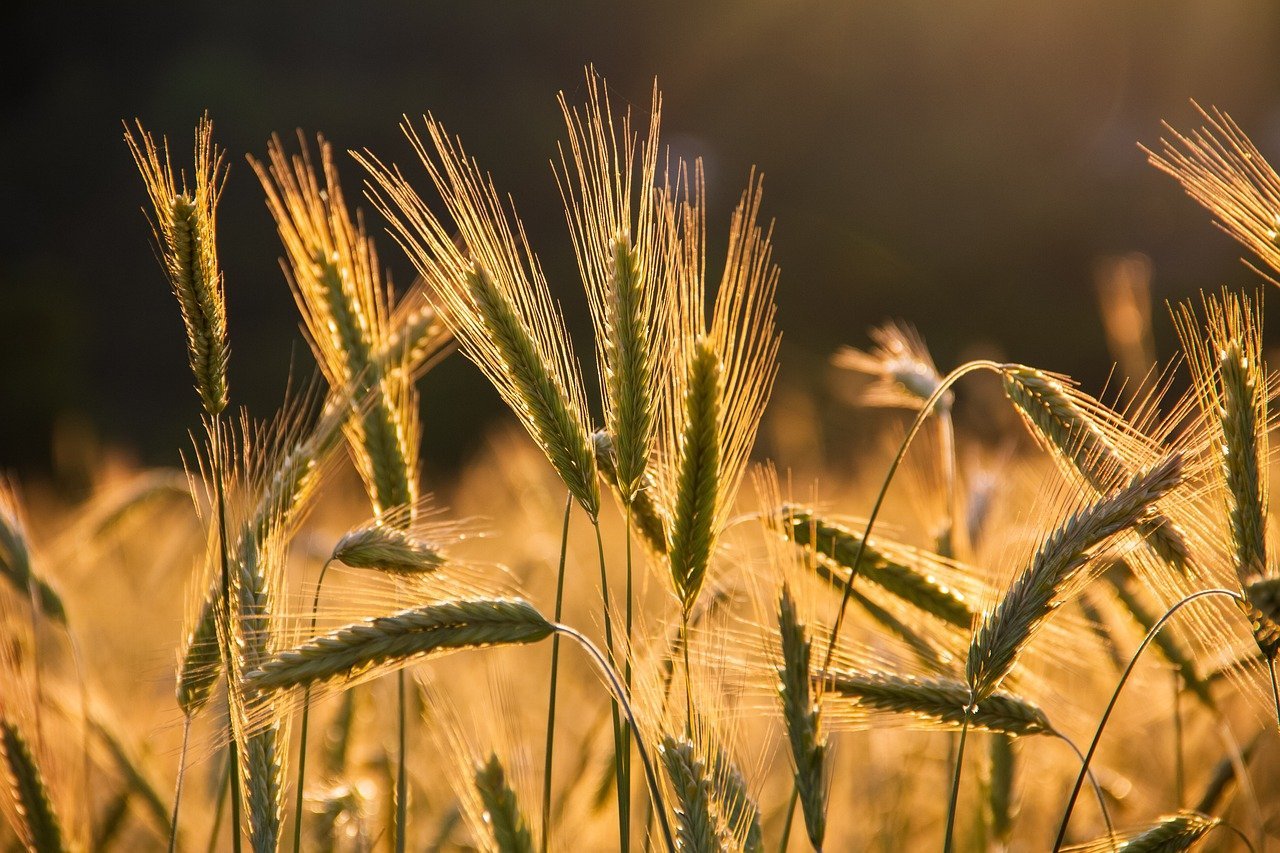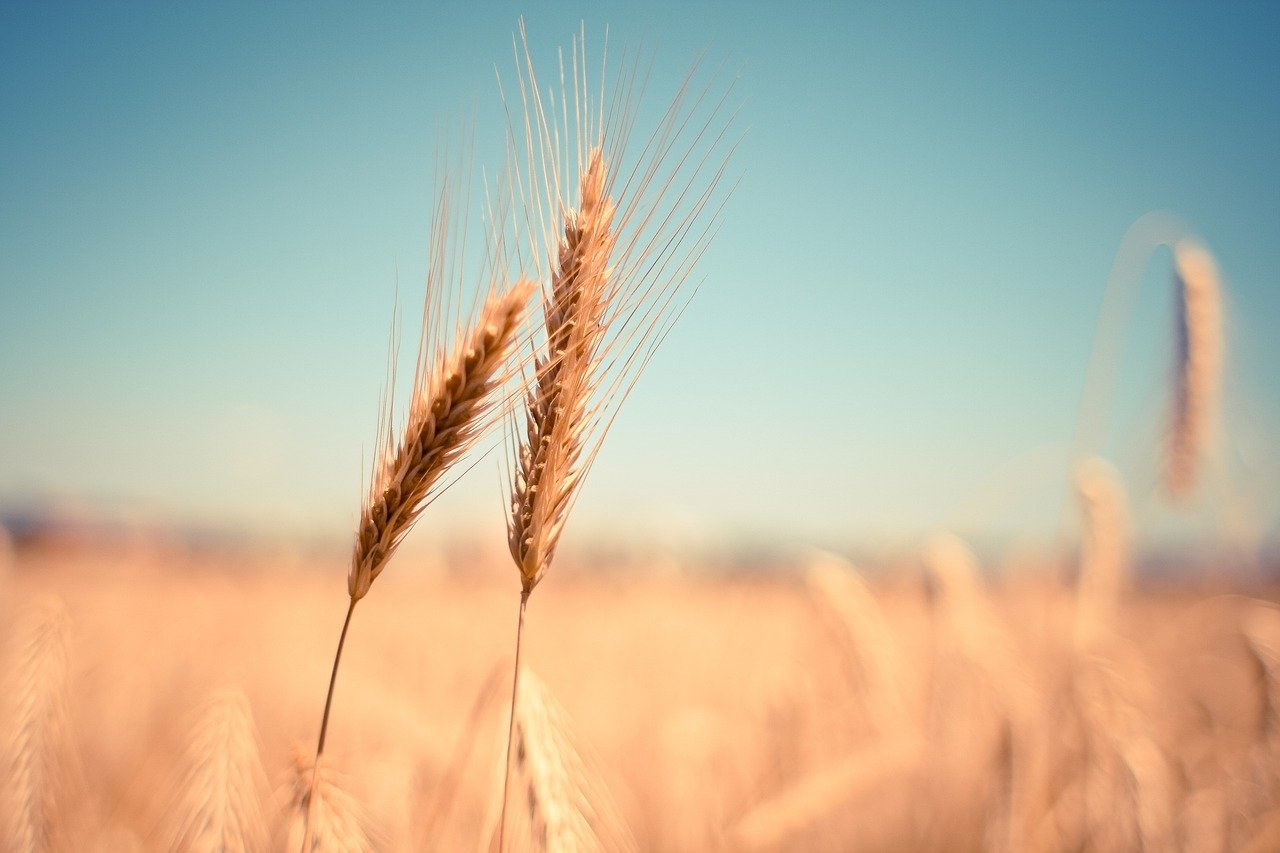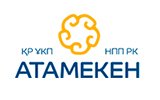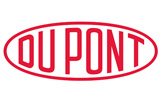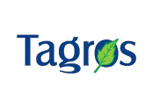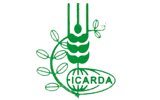The use of mineral fertilizers is the guarantee of the yield and quality of grain.
News
 Abdullaev K.K., the Acting General Director
Abdullaev K.K., the Acting General DirectorLLP A.I. Barayev “SPCGF”
Filonov V.M., scientific consultantAll the main soil types in Northern Kazakhstan are characterized by low, of mobile phosphorus, the lack of which has a particularly negative effect on the development of plants and the subsequent formation of the crop. Eliminating the shortage of phosphorous nutrition can only be achieved by the introduction of appropriate types of mineral fertilizers. Phosphate fertilizers not only increase the yield of grain and improve its quality, but also accelerate maturation by also for 5-6 days accelerate maturation, so that cereal harvesting begins earlier and is carried out in the more favourable conditions of autumn. Drought resistance increases and the water consumption coefficient of plants decreases, better development of the root system is noted, and the resistance of plants to the introduction and development of pathogens is increased. Each kilogram of introduced phosphorus, taking into account the action and after effect provides in the chernozem and chestnut zones of the region an additional 10-15 kg of spring wheat grain with a double and more cost recovery.
According to the dynamics of the entry of nutrients into the plants, two periods are singled out: the critical period and the maximum absorption period. The critical period coincides with the initial phases of plant growth. During this period, plants are particularly sensitive to both a lack and an excess of nutrients, which adversely affects growth and development, and ultimately the harvest. The critical period in cereals for phosphorus is the first 10-15 days after emergence. Even the subsequent good supply of the plant with this element cannot completely correct the position, i.e. increase the yield. With respect to nitrogen, the critical period is longer and is about 30 days after seed germination.
In field conditions, the critical period under the conditions of Northern Kazakhstan often coincides with a decrease in the temperature and a low activity of microorganisms that mineralize the organic matter of the soil. The root system of young plants is poorly developed and covers a relatively small volume of soil, so the additional addition of nutrients with mineral fertilizers during this period has great importance. Of particular importance in the critical period is the level of phosphate nutrition. It is phosphorus that also plays the main role in the development of the root system of plants.
The second period is the period of maximum consumption of the nutrients. It is characteristic of later phases of development and is determined by the biological characteristics of plants. The maximum daily average consumption by plants, as a rule, coincides with the time of their rapid growth and intensive accumulation of dry matter. For cereal crops this is the period of ear formation. The lack of nutrients in this period also reduces the yield.
The highest nitrogen content of nitrates is observed when sowing cereals on a clean traditional fallow - 18-25 mg/kg soil or 80-110 kg/ha in the soil layer 0-40 cm. Therefore, as a rule, additional applications of nitrogen fertilizers for this predecessor are not need it. In this case it is necessary to control the supply of plants with phosphorus. There can be two options. First, phosphorus fertilizers are introduced into the fallow field at a dose of P60-80 at the time of crop rotation with the phosphorus content in the soil of less than 20-25 mg/kg. The second step is the application of phosphorus during sowing. With a lack of fertilizer, the second option is preferred, in which a large area can be fertilized. At a low phosphorus content (according to the cartogram <15 mg/kg soil), 30-50 kg is applied simultaneously with the sowing, and 20-40 kg/ ha double superphosphate or ammophos at an average (15-30 mg/kg). If the content of mobile phosphorus is >30 mg/kg, phosphorus fertilizers can be temporarily suspended in order to maintain a high phosphoric background, they should be applied at doses less than or equal to the yield of the previous crop (or in general, for rotation in fallows), 4-1.8 kg of double superphosphate or ammophos.
As in row of plants fertilizer, it is more effective to use superphosphate or ammophos on the fallow precursor, with stubble backgrounds - complex or mixtures of phosphorus and nitrogen fertilizers in different ratios, as well as pure nitrogen fertilizer. As a rule, high efficiency of phosphorus fertilizers is observed on backgrounds with low phosphorus and high nitrogen content. With the increase in the availability of soil with mobile phosphorus, the efficiency of additional phosphorus fertilization is reduced, and nitrogen is increased.
The use of minimal and zero technologies in resting it lead to a decrease in the accumulation of nitrogen in the soil. However, even if the nitrogen content is less than 12 mg/kg in the soil layer 0-40 cm on backgrounds with the low or medium phosphorus content, the use of nitrogen fertilizers is not always effective. A more stable effect of nitrogen fertilizer is manifested when the nitrogen content in the soil is less than 10 mg/kg.
According to our data, in the cultivation of wheat with the minimum or zero fallow with nitrogen content before sowing 12.4 mg/kg and phosphorus 21 mg/kg and sowing period after May 22nd on average for the years of research, the most optimal system was a series of superphosphate application (ammophos) in a dose of P20 during sowing, where the average increment was 2.1 c/ha. Application with the rowswhen the sowingonly the nitrogen fertilizer in a dose of N20, as well as its spring surface application in doses of N20-40 prior to sowing proved to be ineffective. Not bad results against this were obtained from a row application of nitroammophos in a dose of P20N20, the average increment was increased 2.5 c/ha. However, in this case the effect was obtained only from the nitroammophos P2O5 contained in the granule. In the case of options for increasing the nitrogen nutrition, with the simultaneous addition of P20N20 nitroammophos and N20 ammonium nitrate, a decrease in the yield was observed.
The low efficiency of nitrogen fertilizers at the minimum and zero fallows is explained by the rapid accumulation during the sowing period-tillering of soil nitrogen due to the current nitrification. Therefore, fallow fields with a reduced number of mechanical treatments or only herbicidal, but high phosphorus content, it is desirable to sow at the end of the optimal timing, which will provide an increase, due to nitrification, level of the nitrogen level in the soil and the application of nitrogen fertilizers will not be required. Several later terms of sowing are compensated by acceleration, on a high phosphorous background, plant development and a shortening of the growing season. When crops are sown earlier and at the beginning of the optimal terms on backgrounds with the high phosphorus content, there is a noticeable need for nitrogen fertilizers even for the fallow predecessors. More often it is observed in years with the cold spring and abundant precipitation. In the favorable conditions for precipitation, the surface application of nitrogen crops for intermediate or pre-sowing treatment is not significantly inferior in efficiency either.
According to the non-fallow predecessors, it is necessary to pay more attention to the content of nitrogen in the soil, since the provision of stubble backgrounds is much lower than the fallow background. This is due to the removal of its harvest, a short period of accumulation of nitrogen in the autumn, the presence of stubble and straw on the fields, lack of treatment, soil compaction, weather conditions and other factors that inhibit nitrification. Therefore, the need for stubble backgrounds in the nitrogen fertilizers is always higher than the fallow. After the arid years, the nitrogen content in the soil after harvesting is higher than in years with the high precipitation. Knowing the behavior of nitrates, depending on the agrotechnical conditions, one can predict the effectiveness from nitrogen fertilizers. The effectiveness of nitrogen fertilizers depends not only on the content of nitrate nitrogen in the soil, but also on phosphorus and moisture. It has been established that when the content of mobile phosphorus in the 0-20 cm layer is less than 15 mg/kg soil, a sufficient level of nitrogen nutrition of cereals in the 0-40 cm layer is 8-10 mg/kg (35-44 kg/ha N), at 15-30 mg/kg P2O5 - 12-14 mg (53-62 kg/ha N), at a phosphorus level more than 30 mg - 14-16 mg/kg (62-70 kg/ha N). The dose of nitrogen in a row application, due to possible damage to the root system, should not exceed 40 kg of active ingredient per hectare, at the surface - 60 kg. At the late stages of planting in conditions of a moist and warm pre-sowing period, the fertilizer dose is reduced by 20%.
Unfortunately, operational diagnostics on the supply of cereals with nitrogen is carried out only in the individual farms that have agrochemical laboratories. The Republican Agrochemical Service also does not carry out this work, but it gives cartograms for the provision of fields with phosphorus for all farms.
What can be done in this case with regard to the optimization of nitrogen nutrition?
On treated stubble from the autumn with poor soil and the availability with phosphorus and late planting times, double superphosphate or ammophos in a dose of 30-50 kg/ha with calculation for the current nitrification can be introduced in rows. In the early stages of inoculation, double superphosphate and ammonium nitrate, mixed in a 1:1 ratio, with a total dose of 40 kg/ha in the active substance. On an unprocessed stubble background or no-till technology, add complex nitrogen-phosphorus (nitroammophos) or simple fertilizer mixtures with high nitrogen content.
If phosphorus content in the soil layer is 0-20 cm 25-30 mg/kg and more, the application of only nitrogen fertilizers (ammonium nitrate, ammonium sulfate, urea, etc.) can be considered the best option on the background treated from autumn. Fertilizers are applied superficially under treatment or in rows when sowing at a dose of up to 40 kg/ha of active ingredient. With untreated in a dose of 40-60 kg/ha of active ingredient, superficially in the spring under treatment. When using direct seeding technology - in rows at a dose of N 20-30 kg/ha. In the zone of Northern Kazakhstan, mineral fertilizers are the most effective agronomic method, capable of increasing the yield and improving the quality of grain by 25-30%.
6 815 -рет қаралды






